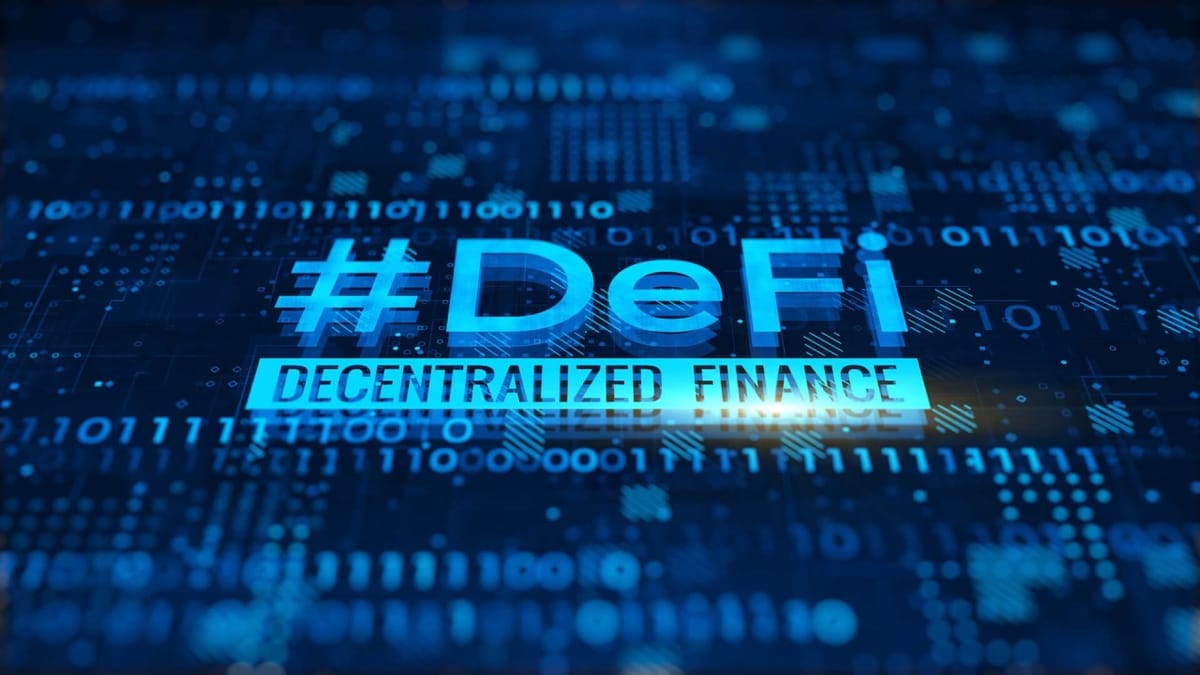(FREE) A Whale’s Gambit: Hyperliquid’s $4 Million Loss and Its Impact on the HyperEVM Ecosystem

On March 12, 2025, a significant event in decentralized finance (DeFi) unfolded at Hyperliquid—a high-performance Layer-1 blockchain recognized for its perpetual futures trading platform. A large-scale liquidation event resulted in a $4 million loss to the Hyperliquidity Provider (HLP) vault, a community-operated liquidity pool integral to the protocol’s operations. The incident centered on a trader using wallet "0xf3f4" who executed a highly leveraged 50x long position on Ethereum (ETH). Despite the trader securing a $1.8 million profit, the repercussions have cast a long shadow over Hyperliquid’s ecosystem, notably affecting its recently integrated HyperEVM.
Hyperliquid and the Strategic Role of HyperEVM
Hyperliquid has rapidly established itself as a leader in the perpetual futures market, capturing a significant share of trading volume on decentralized exchanges. Operating on its proprietary Hyperliquid L1 blockchain and employing the HyperBFT consensus mechanism, the protocol merges the speed of centralized systems with the transparency and security inherent in decentralized finance. Its native token, HYPE, experienced a substantial surge following a landmark airdrop in late 2024, reinforcing the platform’s prominence.
In a strategic move to diversify its offerings, Hyperliquid launched HyperEVM in February 2025. Unlike traditional, standalone EVM implementations, HyperEVM is natively integrated with Hyperliquid’s consensus mechanism, facilitating seamless interaction between Ethereum-compatible smart contracts and the platform’s trading infrastructure. This integration is designed to extend Hyperliquid’s functionality beyond perpetual futures trading to include advanced DeFi applications such as lending, borrowing, and staking, all underpinned by a low-latency, high-throughput environment.
The Liquidation Event: A Calculated, High-Stakes Play
The incident was triggered when the trader behind wallet "0xf3f4" opened a 50x leveraged long position on Ethereum, representing a notional value exceeding $285 million. With an initial margin of $4.3 million in USDC, the position initially generated an unrealized profit of $3.65 million as ETH traded around $1,900. However, a market downturn saw ETH’s price drop below the critical liquidation threshold of $1,805. In a calculated maneuver, the trader reduced their collateral—reportedly withdrawing $17.09 million in USDC—which precipitated an automatic liquidation. Although the trader ultimately secured a $1.8 million profit, the HLP vault absorbed the resulting toxic position, incurring a $4 million loss in a single trading session.
Broader Implications for HyperEVM and Market Dynamics
The loss incurred by the HLP vault has broader ramifications for Hyperliquid’s ecosystem, particularly its HyperEVM integration. HyperEVM’s smart contracts interface directly with core components such as order books and liquidity pools, meaning that disruptions in HLP liquidity can reverberate across the platform. With HLP’s total value locked (TVL) at approximately $451 million, the $4 million loss—while representing roughly 1% of TVL—erased accumulated gains and underscored the systemic risk posed by high-leverage positions.
This event serves as a critical reminder that while Hyperliquid’s innovative architecture and community-driven liquidity model have driven its success, they also expose the platform to concentrated risks when market participants engage in aggressive leverage. For developers and institutional participants building on HyperEVM, reliable liquidity is essential; thus, the incident raises concerns about the robustness of the underlying risk management mechanisms.
Hyperliquid’s Response and the Path Forward
In response to the incident, Hyperliquid has announced measures aimed at mitigating future risks. The protocol has reduced maximum leverage limits to 40x for Bitcoin (BTC) and 25x for Ethereum (ETH) from the previous 50x cap. Additionally, higher maintenance margin requirements for larger positions have been implemented to provide a buffer against similar events. These adjustments acknowledge the challenges posed by the existing liquidation mechanics and aim to fortify the system against extreme market movements.
The HYPE token experienced immediate market volatility—dropping by as much as 10% before recovering modestly—reflecting investor sensitivity to operational setbacks. Nonetheless, the quick rebound suggests that market participants remain cautiously optimistic about Hyperliquid’s long-term strategic vision.
Conclusion
The $4 million loss at Hyperliquid underscores the high-stakes nature of leveraged trading within DeFi, where sophisticated risk and liquidity management are paramount. As Hyperliquid continues to evolve with its integrated HyperEVM, the incident highlights the necessity of balancing rapid innovation with robust economic safeguards. For institutional investors and hedge funds evaluating DeFi platforms, this event serves as both a case study in risk management and a prompt to scrutinize the interplay between technical integration and liquidity dynamics in decentralized systems.
The content provided on CryptoSazz is for informational and educational purposes only and does not constitute financial, investment, trading, or other advice. Nothing on this site is a recommendation or solicitation to buy or sell any financial asset or to adopt any investment strategy.
CryptoSazz may discuss market trends, macroeconomic developments, and quantitative trading models; however, these are intended solely to share insights and analysis and are not tailored to your specific financial situation or investment objectives.
While we strive to ensure the accuracy and timeliness of the information presented, CryptoSazz makes no warranties or representations regarding its completeness or reliability. All opinions expressed are subject to change without notice.
Cryptocurrencies, DeFi protocols, and digital assets involve significant risk, including the potential loss of principal. You should conduct your own research and consult a qualified financial advisor before making any investment decisions.
Past performance is not indicative of future results.


